In the first half of April I went to spend a few days with a friend at Agra, and also visited some sites in Agra that I hadn’t been to before, especially Agra Fort. Agra Fort (as it stands now) is a Mughal fort built during the 16th and 17th centuries. Successive Mughal Emperors built different palaces within the fort. The Jahangiri Mahal, built by Akbar (and not by Jahangir as the name would suggest) is an absolutely awesome structure. The decorations on red sandstone are just amazing.
Agra Fort
This one is from Akbari Mahal, taken in a room overlooking the Yamuna river

These next photos are from a part of the fort that were built at a later date than the previous photos, and the differences are obvious. This part was built by Shah Jahan, the guy who built the Taj Mahal (just for a chronological anchor, Shah Jahan is Akbar’s grandson). The building material has changed from red sandstone to white marble with inlay work. While some of the inlay work is really nice, I much prefer the red sandstone buildings. Part of it might be that the aesthetic of these buildings had carried on down to buildings built in the 18th, 19th and early 20th centuries, and in some instances all the way to today (for example in Sikh Gurdwaras), and so I find them too familiar and therefore ordinary (for the Indians reading this, it’s a case of ghar ki murgi dal barabar, if you will). This might also be the reason why I’m not at all enamoured with the Taj Mahal.
A view of dhabas, autos and thelas from the fort ramparts

Sikandra
We visited the tomb of Akbar at Sikandra. The gates to the tomb complex were much more interesting than the tomb itself, though the painted ceilings of the tomb (at least in those rooms that we had access to) are quite nice.
Main (southern) gateway to Akbar’s tomb

The actual tomb is a strange building, made more incomprehensible because you can’t roam around in it. The only part that’s accessible is the very plain tomb chamber a little below ground level, and it’s ante-room at ground level, which has some beautifully painted ceilings.

Eastern gate to the tomb complex

Northern gate. Unlike the rest of the tomb compound, the northern side is not very well maintained, and the northern gateway is in bad shape compared to the other gateways. Strange.

Idmat-ud-Daula’s tomb
Another tomb we visited was that of Idmat-ud-Daula, a courtier during the time of Shah Jahan, the guy who built the Taj Mahal. The materials used are the same as the Taj, but the design is completelly different, though not at all out of the ordinary for Mughal tombs.
One of the gateways to the tomb complex

Praying at a grave adjacent to the gateway

Agra Baghs
Lastly, we visited some of the old baghs (gardens) around Agra. These have some really nice pavilions and chattris around them. Most of them are being used as nurseries for growing plants, so their character and use as gardens are being maintained (hopefully). The Ram Bagh (also known as the Bagh-i-Zar-Afshan) is an exception – it is maintained (quite blandly) as a garden, but the pavilions are pretty interesting.
The Yamuna adjacent to the pavilions
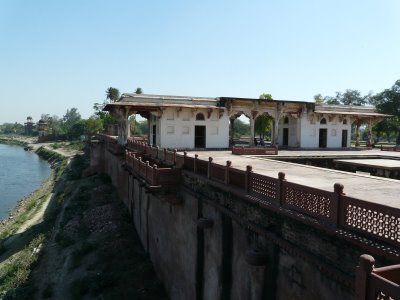
The Serai Nur Jahan undergoing restoration. This image illustrates really well how restoration work creates a completely different narrative to a building than it would have had without the restoration

A large river-side pavilion with cow dung patties!

The Mehtab Bagh is a garden right opposite the Taj Mahal, on the other side of the Yamuna river, and gives pretty good views of the Taj.
Camel with Agra Fort in the background



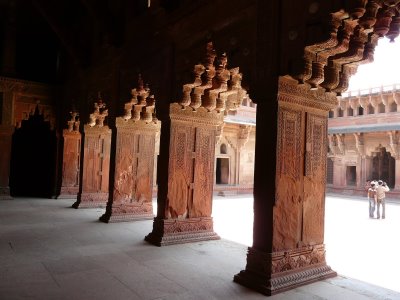

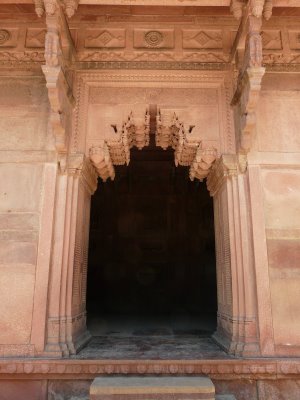



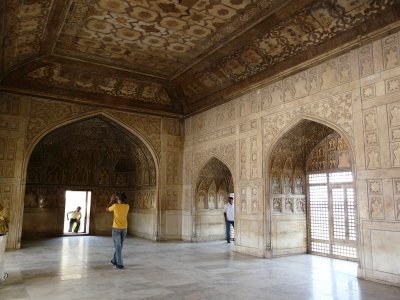
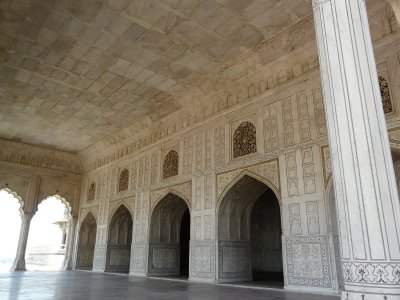
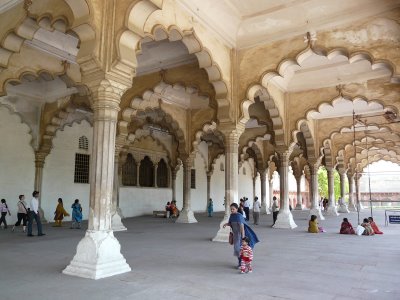


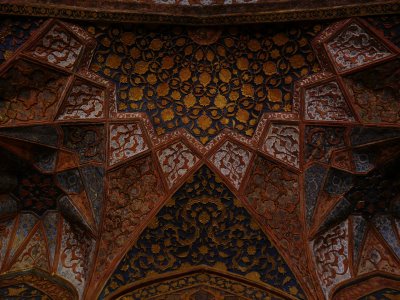




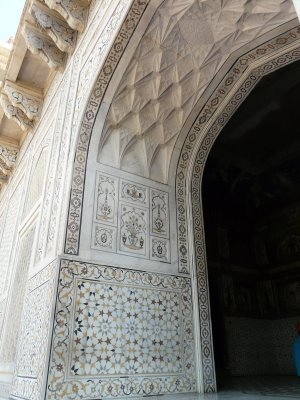

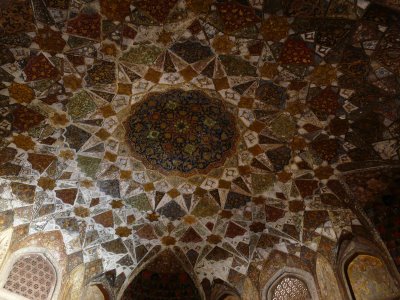

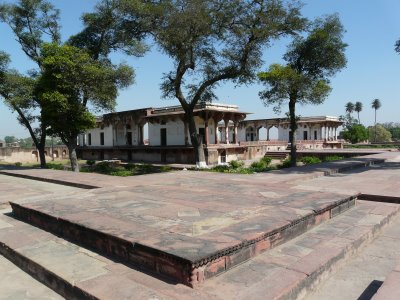


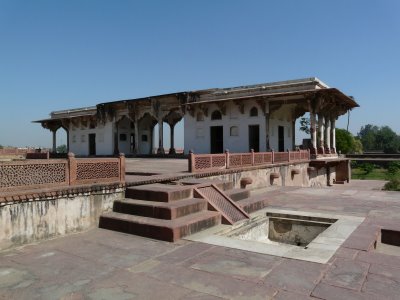
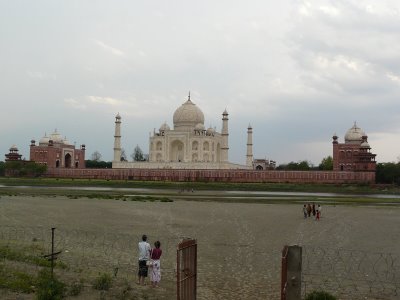
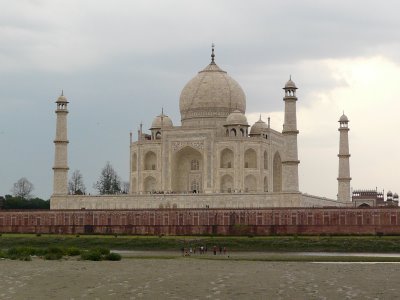


these are great pics!! you’re right about the “Strangeness” of Sikandra..as Akbar was adamant that his tomb should not be built in typical Islamic architecture style, keeping in mind his own evolved views on religion.Also, Itmad-ud-Daula was the father-in-law of Jehangir (i.e. Nur Jahan’s dad)Ok, enough from me! keep updating!cheers!AV
LikeLike
What a beautiful post.. loved your description .. but the pics are just amazing…the interiors are so delicate.. its sad to see how some monuments are in such a bad state like the northern gate… the concerned authorities should look into the matter Work from home India
LikeLike
Pingback: Gwalior Fort, Part 1: Fort & Palaces | Sarson ke Khet